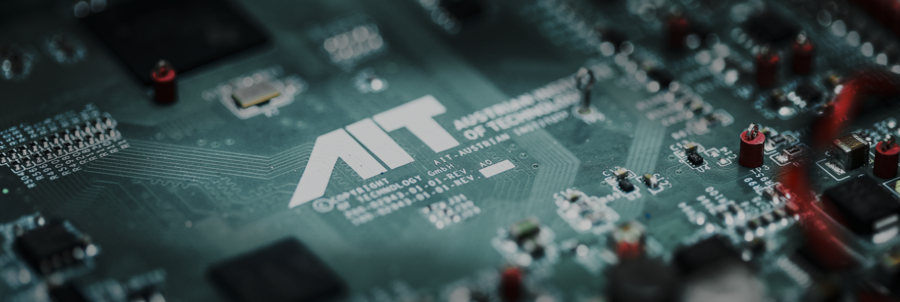Project Hy2heat
Hydrogen will play a central role in a future climate-neutral energy system. It will primarily be produced by electrolysis, and significant production capacities are planned on a global scale. Approximately one third of the electricity used to generate the hydrogen will be wasted as heat. This may translate into a future waste heat amount of 4000 TWh (800 GWth at 5000 full-load hours) globally until 2050; compared to 3200 TWh global district heating (DH) demand in 2014. A potential that must be considered as a heat source for DH networks.
Hydrogen can be used directly to cover peak load demands and/or in combined heat and power (CHP) plants, including fuel cells, to generate electricity. However, these are evident applications of hydrogen and are therefore out of scope of this project. HY2HEAT focuses on the waste heat utilisation from electrolysers for DH purpose.
Project Goals
- to analyse the techno-economic synergies of electrolysis waste heat integration in DH systems (including the assessment of the role and expected volumes),
- to evaluate the best technical solutions for capturing and upgrading the electrolyser waste heat for utilisation in DH networks, and
- to derive a practical guide for DH operators for the pursuit of the potential and its technical integration.
Role of AIT
- Quantification of congruence & mismatch of electrolysis waste heat supply and DH demand, regarding electrolyser technology, time, site, and technical requirements.
- Performing techno-economic assessment of hydrogen costs alone, and hydrogen and heat costs in a coupled production from the perspective of electrolysis operators (i.e., demonstrate the benefit offered by DH integration) and DH operators.
Funding
This project is funded by IEA DHC Annex XIV 2023-2026.



